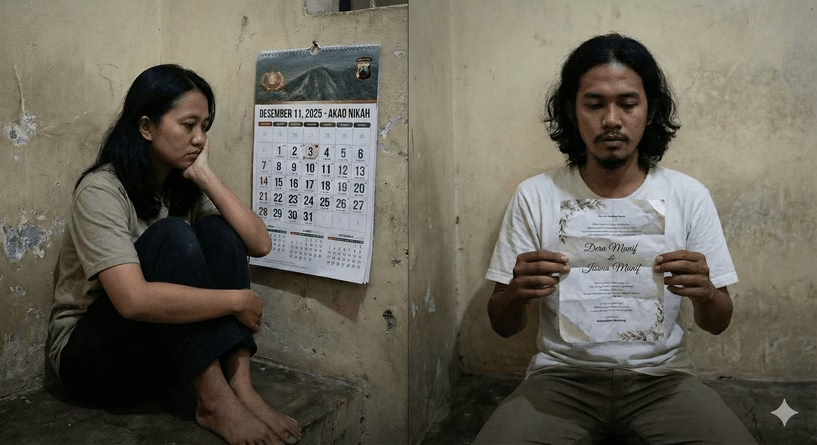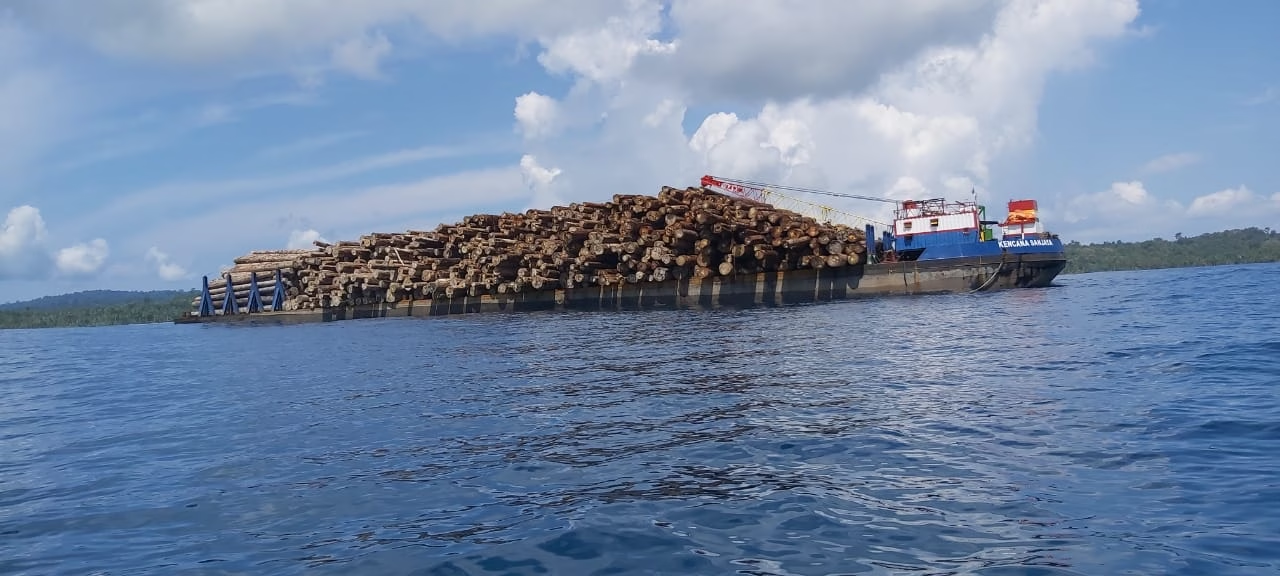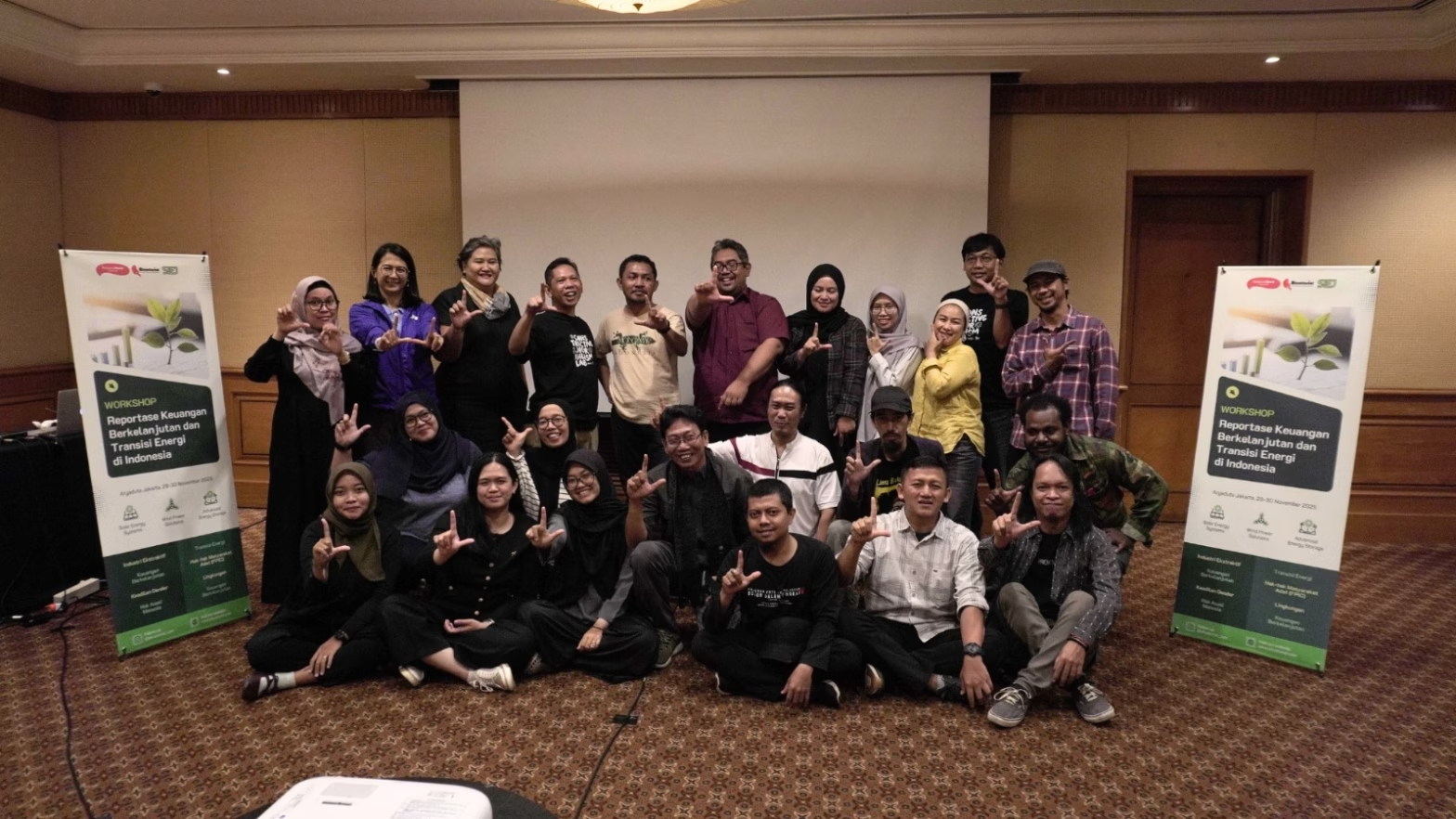81 hectare rice field in Klaten, Central Java threatened due to crop failure because submerged in flood for more than three days. The loss was estimated at two billion rupiah or around $ 200 thousand as an aftermath of flooding as reported by Solopos.com.
Flood is one of the real form of climate change. As an agricultural country, Indonesia should prepare to face the impact of climate change on food security especially. One solution is to ensure food security of farmers planting rice seeds that are resistants to flooding, salinity, toxicity and drought due to climate change.
The International Rice Research Institute (IRRI) at Los Banos, Philippines has been developing rice varieties that are tolerant to the effects of climate change. It’s called climate smart rice. According to Drs. Adelbagi Ismail, Project Leader for Stress Tolerant Rice for Africa and South Asia (STRASA) rice varieties that are tolerant to climate change must meet several criteria such high yields, good quality, short maturity and resistant. One of the varieties which is developed tolerant to flooding. This variety is resistant flood soaked for 10 days to 2 weeks. Yield about 5 to 7 tons per hectare when normal conditions, and 3 to 5 tons per hectare when submerged based on flood condition.
Submergence tolerant variety has been grown by farmers in various countries such Swarna Sub1 in India, Samba Mahsuri in Bangladesh, IR-64 Sub1 in Philippines and Ciherang Sub1 in Indonesia. Sub1 is the genetic code that controls for flood tolerance, derived from an Indian rice variety. The workings of the gene are to reduce the sensitivity of rice plants to ethylene. Ethylene is a plant hormone that encourages elongation process plants, the release of stored energy, and chlorophyll decomposition.
Based on IRRI’s data, farmers in Bangladesh and India lose up to four million tons of rice per year, enough to feed 30 million people because of floods. In 2006, the Philippines lost harvest worth $65 million to floods. That is why flood-resistant rice variety needed to help farmers, prevent losses and ensure food security. “Changing (rice) variety is changing life” said Ismail.
This changing variety is easy for farmers because it’s using same variety that have been planted before. So farmers just plant rice with same techniques and fertilizer. DR. Glenn Gregorio, senior scientist Plant Breeding, Genetics and Biotechnology (PBGB) explained practical planting is important to farmers because people is hard to change. “Just add application without changing the smartphone” he gave an imagery. Indonesian farmer could plant flood tolerant rice variety, Ciherang-sub1 as easy as planting usual Ciherang variety with the same treatment and equipment.
IRRI continues to develop varieties that are tolerant of flooding of up to 3 weeks. In addition, the scientists also research varieties that can stand in some conditions such as flood tolerant and salt tolerant which can be called 2 in 1. With this climate smart rice is expected to meet food security and helping poor farmers who have to deal with climate change. “Rice is entry point to reduce poverty” said Gregorio. Aditya Wardhana



